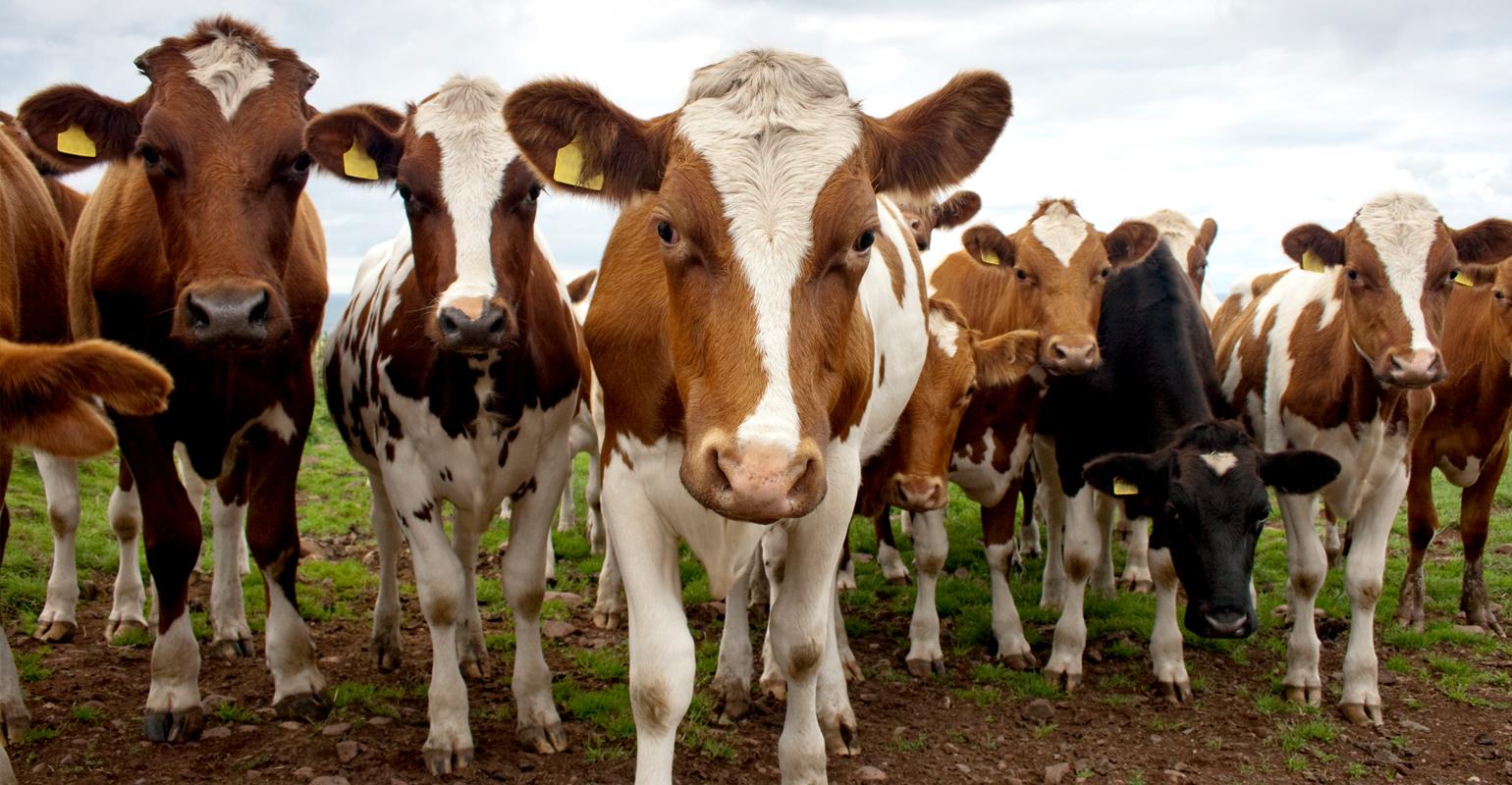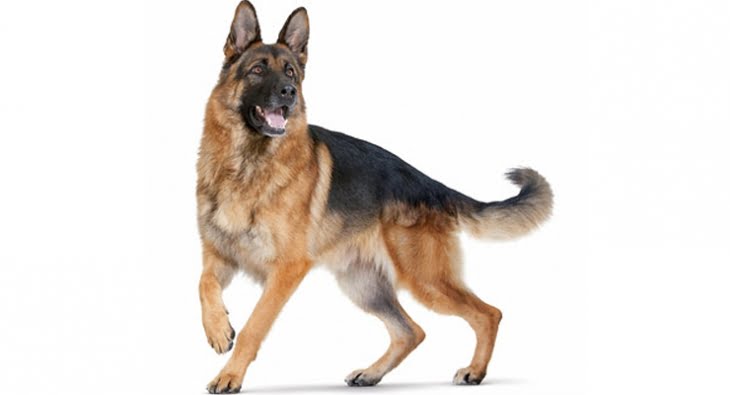A sick animal is recognized by the following main symptoms:
Behavioral changes – A sick animal is lethargic. Some animals become aggressive, do not like to be approached, and cry incessantly. If it is a dog, it barks excessively.
Behavior – Walking erratically, preferring to lie down, lying down without getting up, limping or dragging its legs, running around aimlessly without being chased.
KNOW THE SIGNS OF A SICK ANIMAL
Body condition – Weakness/Weakness, Thinness: ribs, bones visible, feathers standing up or standing up.
Food intake – Decreased appetite, Not wanting to eat at all (Anorexia) Eating unusual things, such as bones, dirt, feathers (Chicken) young children. Frequent vomiting, Drinking too little or too much water
Production condition – Decreased milk production, decreased egg production.
Growth condition – Growth rate slows down/stunted
Reproductive condition – Abortion, no signs of heat, infertility, failure to mount (male), failure to expel the placenta, stillbirth
Respiratory condition – Deep panting, labored breathing, labored coughing, sneezing, nasal discharge, mouth open, scratchy voice, frequent snoring.
Heart rate – Fast, slow, irregular heartbeat, eventually stopping.
Blood pressure – Rapid movement, slow movement, paralyzed movement.
Stool condition – Soft stool, hard stool, stool mixed with blood, mucus, or worms, frequent bowel movements.
Urine condition – Bloody urine, yellow urine, very white urine, frequent urination.
Body temperature condition – Fever: body temperature rises above normal.
Hypothermia – Body temperature is lower than normal. Normal body temperature: Cattle, camels, horses: 38.5oC, goats, sheep, chickens: 40oC. Dogs and cats are 39oC, humans 37oC.
Conditions of various organs: – Skin: Ulcers, rashes, swelling, boils, lack of hair or fur.
Mouth : blisters, drooling, toothache.
Eyes : watery or mucus-like discoloration and blindness.
Udder : swelling, no milk production or milk curdling.
Tail : straight, unable to bend to chase flies,
Abdomen : swollen more than usual.
Vagina : very swollen or producing discharge, penis: very swollen or producing discharge, ears: producing discharge/flushing
RESPONSIBILITIES OF A KEEPER
A livestock farmer can effectively protect the health of his livestock if he considers the following main points:
– Early recognition of signs of disease.
– Reporting information to a veterinary specialist so that he can provide appropriate treatment.
– Being well-versed in preventive and curative medicines for livestock diseases and how to deal with them.
– Maintaining the cleanliness of the environment, equipment, staff, food and water.
– Paying attention to the advice and instructions of experts.
…………………………………………………………………………………………………………..





